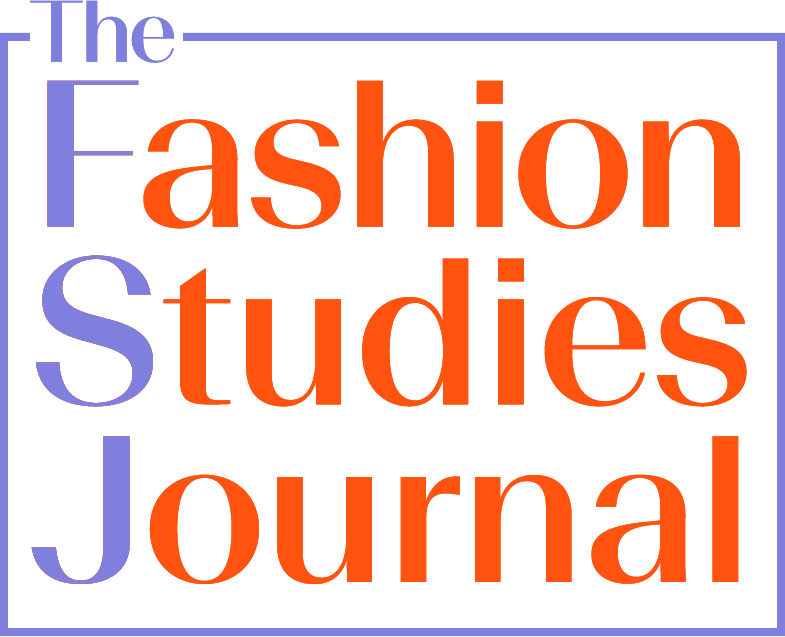Since 2020, I have been visiting South Kalimantan. During my most recent trip in December, I had the privilege of being introduced to the Dayak Meratus community in Loksado Regency. Accompanied by my stylist friend, Allysha Nila, we conducted a one-day fashion shoot at their Balai Adat, a communal living hall that also functions as a place for rituals and ceremonies.
While Ally and I may have different ways of seeing, each of our personal projects begins with a curiosity and self-motivation to explore how we can engage our creativity in image-making with the world around us.
In our research, the term Dayak serves as a collective term used to describe Indigenous communities or upstream inhabitants in Kalimantan. Many Dayak groups share cultural similarities, yet each has its own distinct language, social customs, and material culture. Regarding attire, the Dayak Meratus in Loksado reside downstream and have assimilated with the broader society; hence, their clothing are rather simple: men wear tapih, a woven cloth around their waists and lawung headpiece on their heads, while women wear dresses purchased from the local market.
Often, when discussing fashion with those unfamiliar with the industry, it is associated with mainstream glitz and glamor. However, the experience of photographing the Dayak Meratus highlights a fundamental aspect of fashion: I often carry preconceived notions about what constitutes fashion. Yet, fashion is a universal practice with a significant role in society—everyone wears clothes every day, and what might seem ordinary or pedestrian to one person may hold profound value in shaping a collective cultural identity.
I often contemplate whose voices matter in the world of fashion. Ally and I are merely participants, highlighting that the values present in their daily nuances are equally important and worthy of being documented, all the while pushing ourselves to continue to learn and grow.
While Ally and I may have different ways of seeing, each of our personal projects begins with a curiosity and self-motivation to explore how we can engage our creativity in image-making with the world around us.
In our research, the term Dayak serves as a collective term used to describe Indigenous communities or upstream inhabitants in Kalimantan. Many Dayak groups share cultural similarities, yet each has its own distinct language, social customs, and material culture. Regarding attire, the Dayak Meratus in Loksado reside downstream and have assimilated with the broader society; hence, their clothing are rather simple: men wear tapih, a woven cloth around their waists and lawung headpiece on their heads, while women wear dresses purchased from the local market.
Often, when discussing fashion with those unfamiliar with the industry, it is associated with mainstream glitz and glamor. However, the experience of photographing the Dayak Meratus highlights a fundamental aspect of fashion: I often carry preconceived notions about what constitutes fashion. Yet, fashion is a universal practice with a significant role in society—everyone wears clothes every day, and what might seem ordinary or pedestrian to one person may hold profound value in shaping a collective cultural identity.
I often contemplate whose voices matter in the world of fashion. Ally and I are merely participants, highlighting that the values present in their daily nuances are equally important and worthy of being documented, all the while pushing ourselves to continue to learn and grow.
 Three men in traditional Dayak Meratus attire; dressed in traditional tapih (woven cloth around the waist) and lawung (headpiece).
Three men in traditional Dayak Meratus attire; dressed in traditional tapih (woven cloth around the waist) and lawung (headpiece). Rida and her baby, swaddled in a hammock.
Rida and her baby, swaddled in a hammock. Dayak Meratus Women on a veranda.
Dayak Meratus Women on a veranda. Meratus Mountain from a raft ride.
Meratus Mountain from a raft ride.Photographer: Farid Renais Ghimas
Stylist: Allysha Nila
Producer: Andry Wibowo
Talents: Hudi Pranoto, Ihar, Tani, Rida, Anah, Dijah, Tini, Isna
Farid Renais Ghimas (born in Bengkulu, 2000) is a photographer from Jakarta, Indonesia. He moved to the United Kingdom in 2018 to pursue a bachelor's degree in Fashion Photography at Leeds Arts University before continuing with an MA program in Fashion Communication: Fashion Image Pathway at Central Saint Martins, which he completed in 2022. Afterwards, he lived in London for a while before deciding to return to Indonesia in 2024.
@faridrenais
https://faridrenaisghimas.com/
@faridrenais
https://faridrenaisghimas.com/
Issue 15 ︎︎︎
Fashion & Southeast Asia
Issue 14 ︎︎︎
Barbie
Issue 13 ︎︎︎ Fashion & Politics
Issue 13 ︎︎︎ Fashion & Politics

